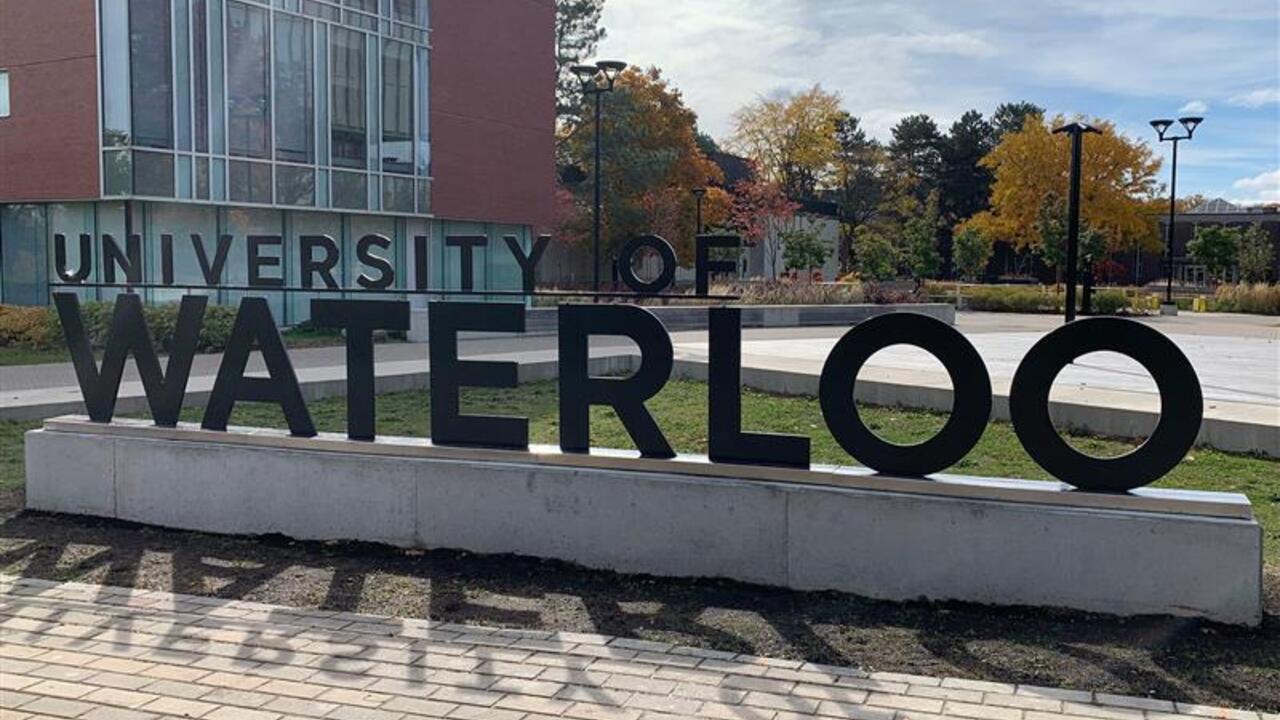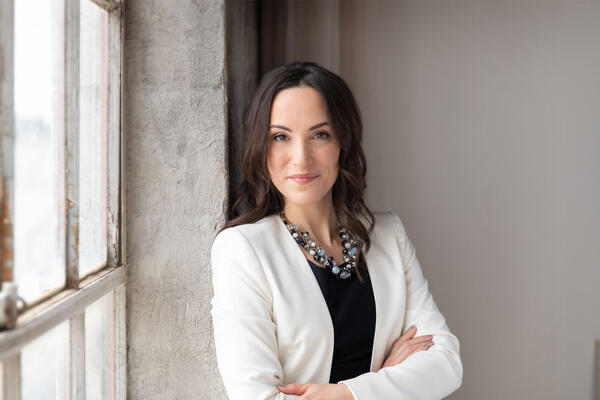
Waterloo expert leading unprecedented project to rebuild peatlands in oil sands country
A University of Waterloo geographer is leading a trailblazing effort to reclaim environmentally important peatlands.

A University of Waterloo geographer is leading a trailblazing effort to reclaim environmentally important peatlands.
By Media RelationsWATERLOO, Ont. (Thursday, Mar. 15, 2012) - A University of Waterloo geographer is leading a trailblazing effort to reclaim environmentally important peatlands that once covered more than half the Athabasca landscape but have been scraped away by oil sands mining.
Jonathan Price, a professor in the Department of Geography and Environmental Management, and his group of researchers recently received $6.7 million in funding for the project. It’s one of the largest-ever Collaborative Research and Development (CRD) Grants, a grant program that combines funding from industry and the Natural Sciences and Engineering Research Council of Canada (NSERC). Of the funding, $2.65 million is from NSERC, and the rest is from Suncor Energy Inc., Imperial Oil Resources Ltd., and Shell Canada Energy.
The team consists of Price; Richard Petrone, associate professor at Wilfrid Laurier University’s Department of Geography and Environmental Studies; Maria Strack, assistant professor at the University of Calgary’s Department of Geography; and David Cooper, associate professor at Colorado State University’s Department of Forest, Rangeland and Watershed Stewardship.
“The important work of these environmental scientists will have long-term benefits,” said Feridun Hamdullahpur, president and vice-chancellor of the University of Waterloo. “This collaborative approach demonstrates the kind of innovative thinking taking place at Waterloo that will help solve some of our greatest environmental challenges.”
In 2003, Price was at a meeting in Fort McMurray, Alberta, at which an oil industry expert stated that reclaiming peatlands would be impossible. Price immediately challenged that notion. He had previously been involved in a prize-winning project to restore damaged peatlands and believed it would be possible and important to rebuild a fen peatland from scratch. Fens are the predominant type of peatland in northern Alberta. They have a relatively high and stable water table, less acidity, and more nutrients than bogs, and therefore support a diverse range of plants and animals. They’re also important for sequestering carbon.
“Research is vitally important to an economically and socially sustainable oil sands industry. Successful reclamation of the land used for mining is a big part of that,” said NSERC President, Dr. Suzanne Fortier. “The research being done by Dr. Price and his team will help Canadian companies reintroduce plants and forests into regions after mining operations have ended, furthering Canada’s leadership in this important research area.”
Price and his colleagues have now developed a plan and started to put it into action at one pilot site on Suncor land in northern Alberta. It involves situating donor peat and fen plants in a re-contoured landscape with a constructed upland aquifer that provides water to the new fen. Water quality is a challenge because the team is using tailings materials to create the aquifer. A liner will separate the old tailings dump from the fen, but the water flowing from the created aquifer will be high in sodium and naphthenic acid, a residual compound in the processed tailings sand. Nonetheless, Price and his colleagues believe they can make it work.
“I think in 10 years we’ll see an ecosystem that has many of the features of a fen peatland, though it will be a system that’s still evolving and changing as the solute redistributes and the plant layer develops,” said Price. “I feel optimistic.”
“We have previously studied how natural fens in this climate type function, and have used this knowledge to design the fen in this project,” said Petrone. “I am sure there will be some surprises as the site evolves, but we expect to see that this fen will be on the trajectory to becoming a self-sustaining peat-accumulating system over the next decade.”
“Sustainability of the environment is one of the grand challenges of this century,” said Abby Goodrum, Laurier's vice-president: research. “Laurier and Waterloo have a long history of research collaboration around environmental sustainability, and we are excited by the role Dr. Petrone and his team will play in this collaboration.”
The scientists involved have complementary fields of expertise. Price is an expert in wetland hydrology and reclamation. Petrone will be responsible for looking at the exchange of carbon and water between the fen and atmosphere, and tracking how the constructed fen compares to nearby natural ecosystems. Strack works on carbon biogeochemistry in wetland systems, and Cooper examines the links between hydrology, geochemistry and plant distribution.
About Waterloo Environment
Waterloo is home to Canada’s oldest undergraduate Faculty of Environment. It is the fastest-growing faculty at the University of Waterloo and offers a variety of programs at all levels. Its Environment and Business program is the highest-rated in Canada, according to Corporate Knights magazine. The School of Planning is the only one in Canada to offer programs at the bachelor's, master's and PhD levels, and the International Development program is the only one located in an environmental faculty. For more information, visit www.uwaterloo.ca/environment.
About the University of Waterloo
In just half a century, the University of Waterloo, located at the heart of Canada's technology hub, has become one of Canada's leading comprehensive universities with 34,000 full- and part-time students in undergraduate and graduate programs. Waterloo, as home to the world's largest post-secondary co-operative education program, embraces its connections to the world and encourages enterprising partnerships in learning, research and discovery. In the next decade, the university is committed to building a better future for Canada and the world by championing innovation and collaboration to create solutions relevant to the needs of today and tomorrow. For more information about Waterloo, visit www.uwaterloo.ca.
Media Contacts
Karen Kawawada
Communications Officer
Faculty of Environment
University of Waterloo
519.888.4567, ext. 38100
karen.kawawada@uwaterloo.ca
Pamela Smyth
Media Relations Officer
Communications and Public Affairs
University of Waterloo
519.888.4777
psmyth@uwaterloo.ca
www.newsrelease.uwaterloo.ca
Waterloo news release no. 21

Read more
President of Waterloo EDC says the University of Waterloo plays a pivotal role in region’s economic development on the global stage

Read more
Pharmacy alum Stacey D'Angelo boosts patient health by deprescribing meds, focusing on holistic health, mental well-being and personalized medicine

Read more
With grants at stake, students pitch inventive startup ideas to bring their entrepreneurial visions into reality
The University of Waterloo acknowledges that much of our work takes place on the traditional territory of the Neutral, Anishinaabeg and Haudenosaunee peoples. Our main campus is situated on the Haldimand Tract, the land granted to the Six Nations that includes six miles on each side of the Grand River. Our active work toward reconciliation takes place across our campuses through research, learning, teaching, and community building, and is co-ordinated within the Office of Indigenous Relations.